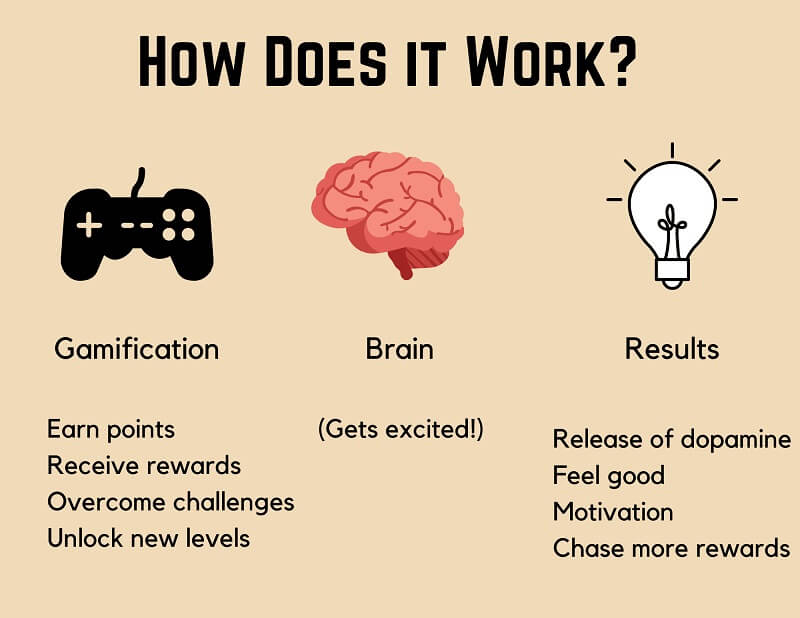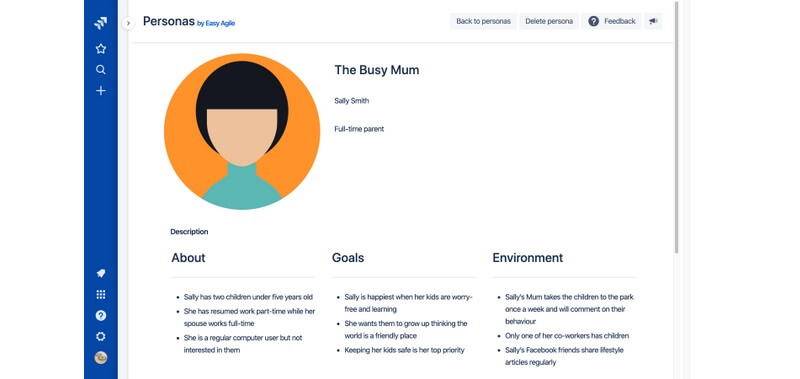
Hey guys, in this article today, we are going to discuss the six steps to creating a successful user onboarding. So keep reading.
User onboarding is one of the most important parts of any digital launch. It is your user’s first impression, so it’s incredibly important to get it right. Onboarding is crucial because it enables users to orient themselves with your product or service and learn about why it can help them achieve their goals. Users are much less likely to return to a product if they wind up stumbling around, wasting their time, and getting frustrated with not knowing what’s going on.
Good onboarding helps users quickly process and recognize the merits of your product and what it can do for them. Successful user onboarding helps users feel connected to your product as they are easily familiarized with it. This, in turn, leads to greater customer satisfaction, which increases customer loyalty. 86% of people who use a digital product or service become loyal users when they experience good onboarding.
This is incredibly important in today’s increasingly competitive digital world. Customer churn can be a product’s number one enemy, so Groves reports that up to 67% of churn can be prevented if the problem is solved at first engagement, which is a statistic worth noting. Users who are satisfied with the onboarding of a product show a 12% to 21% higher willingness than the median to spend more money on it. That’s why, for businesses that operate online, having successful user onboarding is just as important as having a great product.
6 Steps To Creating A Successful User Onboarding
Great user onboarding acts as an invisible, guiding hand that helps users through the uncertainty of figuring out how to use your tool. Quality onboarding focuses on giving users the skills they need to accomplish the tasks they want. The tips below will ensure you give your users the best onboarding experience.
1. Simplify Your Sign-In Process
User onboarding can be a difficult concept to nail down or understand at first. Luckily, there is a myriad of online tools to give you a place to start from, like the SEONs digital onboarding solution program. Once you’ve got the basics, fine-tuning your onboarding process should be an ongoing process, and the first place to start should be with how your users go about signing up for your product.
Registering on a site is the beginning of a relationship that users want to have with your site and your business. In terms of onboarding, the sign-in process is incredibly important for conversions and trustworthiness. When users experience a trustworthy and secure process in addition to a simple and easy experience, they become more confident in providing their information on your site. The opposite is true when users find a poor and painful design where they are being asked to provide personal information.
Given that users need to log in each time they visit the site, a simple login page that does not overwhelm them and allows them to easily follow a few steps to log in is crucial.

Simplified, short sign-up forms are one of the most effective ways to increase your conversion rates. Going through the effort to do so is incredibly important when it comes to creating a successful user onboarding.
2. Implement Gamification
Gamification is a process that turns otherwise normal mundane activities into engaging games.

Making use of gamification software during onboarding adds elements that make the experience more fun, competitive, or incentivized using various rewards or any task the user needs to complete to become ‘activated.’
Successful onboarding is never dull. It should be eventful and make the user excited about using your product. You can enhance the experience a user feels while interacting with your product by making the process interactive and rewarding the user whenever they achieve certain targets. Challenges and celebrations, points and in-app currency, badges and stickers, leaderboards, and journey and progress bars are all great ways to use gamification to activate users and make onboarding fun. If onboarding is made to be a fun experience, users will be much more inclined to complete the process.
3. Show Off Your “Aha” Moments
“Aha” moments are one of the most important factors when it comes to user onboarding. The ‘’Aha!’’ Moment happens when users discover how your product works and what makes it special. “Aha” moments should occur within the first few seconds of your user’s interaction with your product. This requires being able to communicate your product’s benefits and uniqueness within the first two sentences. “Aha” moments are crucial because they convert users to users, which plays a vital role in terms of increasing revenue, retention, and reducing churn. The “Aha” moment is the moment when people realize that your product is the “one” for them.
“Aha” moments should:
- Contain exciting, relevant features used early in the user journey
- Display activities that are going to make users want your product
- Remember that Aha moments may be different for each of your personas.
Once you have your Aha moments, prioritize them based on their ease of achieving and the value they deliver to your users.
4. Map Your User Journey
Successful onboarding requires a clear idea of the product’s users and what they want from their interaction with the product. User journey mapping allows you to visualize this process in terms of the steps your users take from initial use to full adoption. Ask yourself important questions when mapping out your user journey after creating user personas to act as examples of what real users may want or need. A great place to begin is by asking why your users would sign up for your products to begin with and how users can use the product to accomplish their needs.

With user personas created, you can begin figuring out each persona’s journey on the platform and what’s important to them. These insights will allow you to visualize the user’s journey from their perspective and tailor a user flow that best fits their customer journey.
5. Use Email To Educate And Support Your Users
With the number of worldwide email users at about 4 billion in 2021 alone ( expected to increase to 4.6 Billion users worldwide in 2025), it’s safe to say that email is still a relevant tool. The use of email is one of the most effective ways to convert a new user into a paying customer. Email is particularly important for onboarding, both as a means of engagement and new customer referral. When it comes to being part of a successful onboarding process, email should support onboarding and not be all there is to your onboarding process.
Your emails should be clear, leaving no space for confusion. They should include a single clear call-to-action that focuses on getting a user to do a specific thing. High-quality email plans can also include an educational component to keep users informed of new developments and products.
6. Provide More Than A Product Tour
Product tours are definitely a major and important part of user onboarding, but they’re also just scratching the surface of what user onboarding is. A good point to keep in mind is the difference in intention between your new users and existing users. For new users, it’s all about achieving their goals as quickly as possible using the product they just purchased. This is the main difference between a product tour and user onboarding. A product tour is an opportunity to sell your product, whereas user onboarding is an opportunity to show people how they can benefit from your product as quickly as possible.
As you go about onboarding a new user, it’s also important to remember the role of personalization. Personalization is extremely important to users because it makes them feel like more than a number. By making each user feel like each interaction is a unique experience, they feel seen and valued as they learn about your product. This applies to both the user onboarding aspect and the product tour. Should you include or offer one?
Final Thoughts
The onboarding process for users doesn’t start or end with the product tour. Onboarding is a holistic, user-focused, engagement-orientated process. Users should be reminded that you care about them. Whether this is done through emails, ensuring they experience frequent ‘’aha!’’ moments, or quick convenient sign-up and login processes. The aim is always to keep the attention of the user and make sure the process is dynamic and engaging because user onboarding Is essential to the success of your product and establishing loyalty.
A successful user onboarding process requires endless testing and refinement; it’s always in development. It’s well worth the effort, though, because not only does great user onboarding impact conversions, but it creates users who not only understand but love your product. These users will go on to be the cornerstone of your business. The loyalty that good user onboarding can create can and will cause them to vouch for the quality of your product personally. The impact of word of mouth, even in today’s world, can and does have a major impact. When people love a product, they won’t hesitate to recommend it, and that, ultimately, is the goal of great user onboarding.

